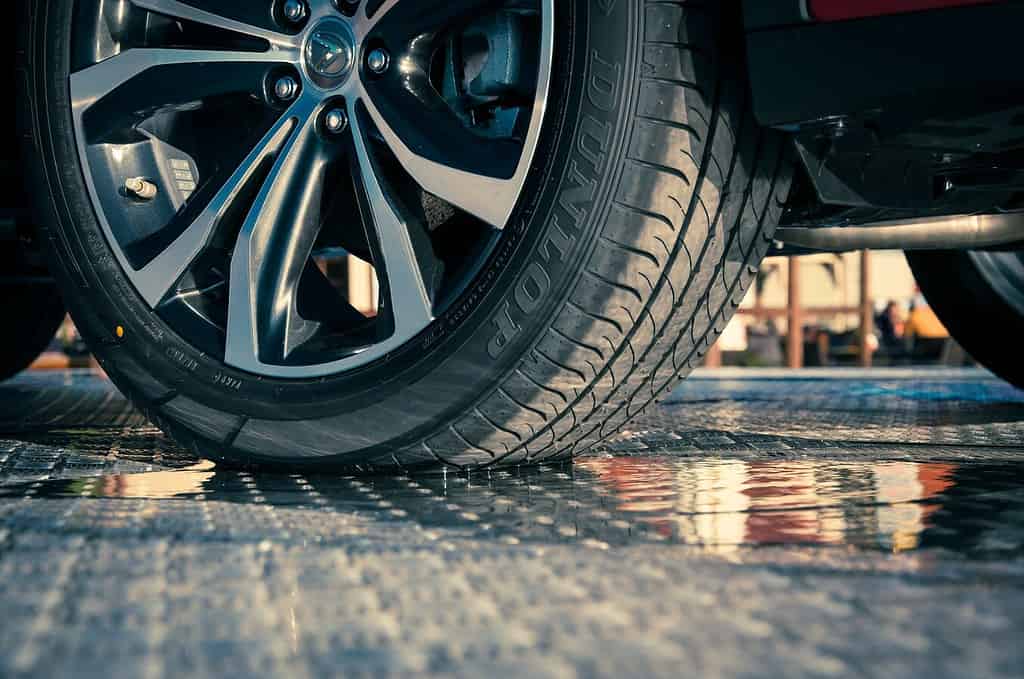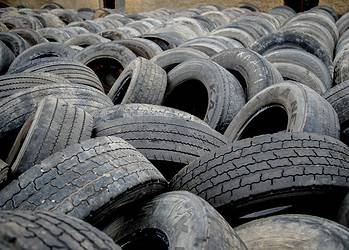Over time, tires naturally lose pressure and become flatter, causing friction between the road and the tire itself. Driving with flatter ties not only results in greater drag but also increases the number of tire wear particles that are released into the environment. These have been classified as microplastics due to their chemical makeup.

In a new study, published in the journal Environmental Science & Technology, a group of researchers from Griffith University and the Australian River Institute found that particles from tire wear were the most prevalent microplastic in urban stormwater. During rain, about 19 out of every 20 microplastics collected were tire wear particles — with anywhere from two to 59 particles per liter of water.
“Pollution of our waterways by microplastics is an emerging environmental concern due to their persistence and accumulation in aquatic organisms and ecosystems,” lead author Shima Ziajahromi said in a news release. “Stormwater is a critical pathway for microplastics to wash off from urban environments during rain and into local aquatic habitats.”
Tires and microplastics
Tire wear is a significant contributor to microplastic pollution. On a global scale, the average individual contributes approximately one kilogram of microplastic pollution annually from tire wear. Estimates suggest that between 8% and 40% of these microplastic particles ultimately enter surface waters, including oceans, rivers, and lakes.
While studies have started looking at this issue, the researchers at Griffith University said knowledge of the amount of microplastics in urban stormwater is very limited, as well as the potential strategies to use to address the problem. Research so far lacks information about the actual number of tire wear particles in water samples, they argued.
“Our study quantified and characterized microplastics and tire wear particles in both stormwater runoff and sediment of stormwater drainage systems in Queensland,” Fred Leusch, who leads the Australian Rivers Institute’s Toxicology Research Program and co-authored the study, said in a news release.
As well as measuring the particles in stormwater, the researchers assessed the effectiveness of a stormwater treatment device to capture and remove these contaminants. The device, a bag made of a 0.2-millimeter mesh, can be retrofitted to stormwater drains. Treated water which passed through the device had up to 88% less microplastics.
In many Australian jurisdictions — this study was conducted in Australia — the management of urban stormwater runoff usually involves the treatment of suspended solids and nutrients like nitrogen and phosphorus and the removal of gross pollutants, Ziajahromi said. However, regulations aren’t adequately addressing microplastics and tire wear particles, she added.
The study’s findings show that the stormwater capture device could be potentially used to prevent or at least decrease the amount of microplastic tire wear particles being transported from stormwater into our waterways, the researchers said. As well as their device, a group of researchers has also recently created a stronger rubber for tires.






